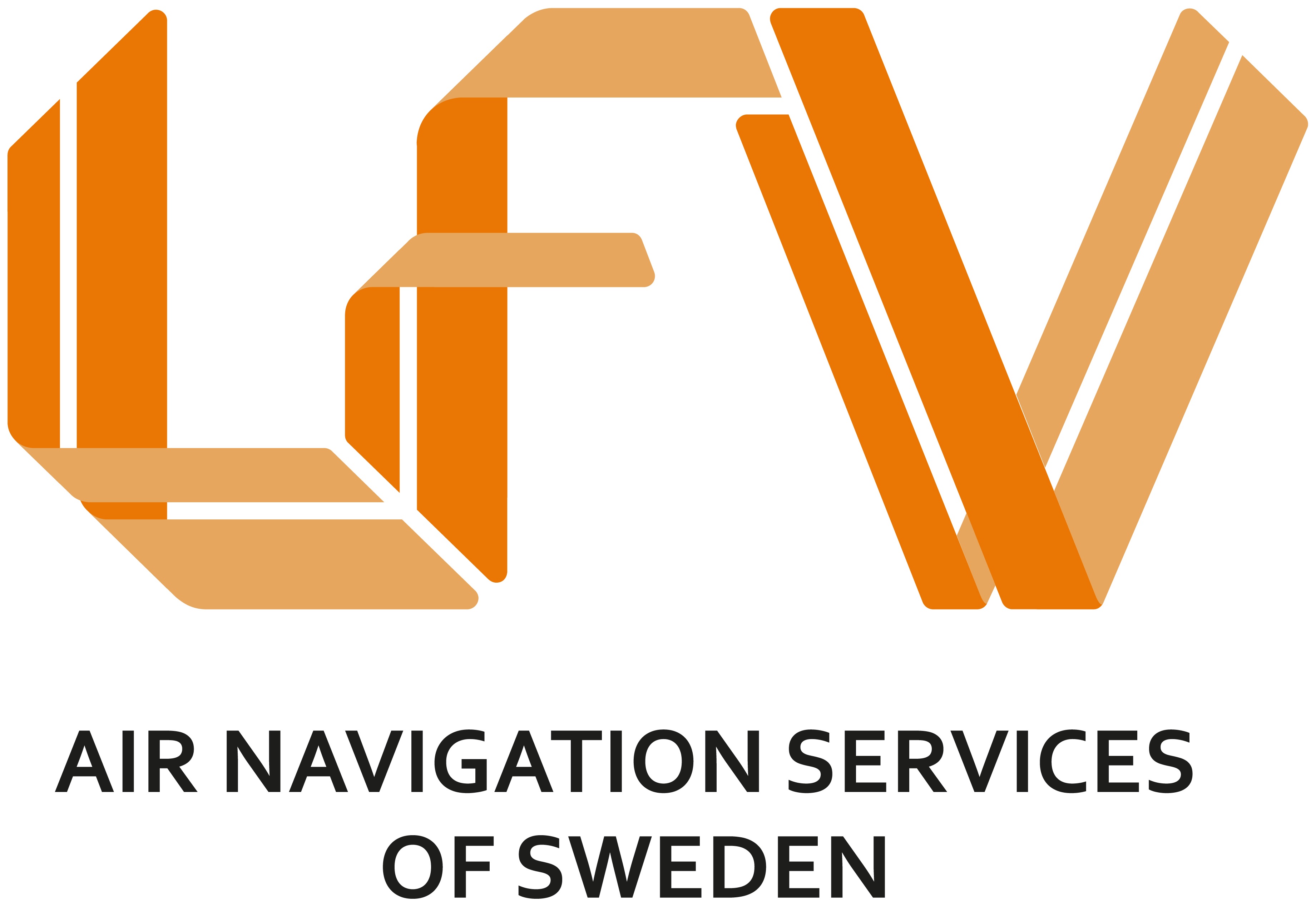Fully Independent International Civil Aviation Consultancy
| Company | LFV Aviation Consulting |
|---|---|
| Date | 09.01.2012 |
The “Vinga” environmental project at Gothenburg Landvetter Airport is completed. A one-year project, 178 curved approaches, shortened approach paths and less noise disturbance describe the project in brief. The conclusion is that among the aviation methods existing today, the one used in the Vinga project is one of the most effective for reducing emissions from aircraft.
The project was conducted as a collaboration between a number of different industry players, including LFV, Gothenburg Landvetter Airport, Airbus, Quovadis and Novair. Each has contributed specific know-how for reducing the environmental impact of aviation throughout the entire flight process, from start to landing.
“We have decided to work actively to reduce the environmental impact of aviation and be good at it. That is why we are challenging ourselves constantly to do the best possible with the technology currently available. Vinga is a shining example of this. And the nice thing about this project is just how obvious the synergy effects are when a number of industry players cooperate,” says Henrik Ekstrand, Pilot and Project Manager for Vinga at Novair.
As part of the project, 178 curved approaches were conducted from May to September of 2011 to Gothenburg Landvetter Airport. The project report can be summarized as follows:
- Average savings of 283 kg of CO2 per approach: An approach to the most used path saves on average 90 kg of fuel compared with conventional approaches, which corresponds to 283 kg of CO2. What makes this possible is that the aircraft were able to fly directly towards the Gothenburg area and were allowed to make green, curved approaches undisturbed.
- Over 3,000-kilometre shorter flight path: The curved approach involves a 22-km shorter flight path (on the most common curve) compared with the conventional approach, which corresponds to a total 300+ kilometre shorter flight path for the entire project (round trip Stockholm-Paris).
- Fewer flyovers for the airport’s neighbours: By locating the curved approach paths over areas where very few people live, the number of flyovers is reduced for many of the airport’s neighbours.
- Environmentally-optimized starts indicate a potential of 175 kg reduced CO2 per departure: The project involved Chalmers to investigate whether there were benefits in discontinuing the velocity limits that exist for certain departure paths. The results showed that considerable fuel savings can be achieved of 55 kg per departure, corresponding to 175 kg of CO2. No increased noise was recorded above standard levels, despite the discontinued velocity limits.
Another way to look at the results from the Vinga project is that the technology used can be implemented at many airports all over the world.
The project is over, what happens now?
“We hope that these types of approaches will become accessible to a great extent. Then the total savings will be enormous,” says Niclas Wiklander, Project Manager for Vinga at LFV.
Factual background
Vinga is an EU project
In order to make aviation more efficient, the European Commission has started a modernization programme for the European airspace—SESAR. The acronym stands for Single European Sky ATM Research (where ATM stands for Air Traffic Management). The goal of SESAR is a common European airspace over all countries. Then it would be simpler to allow aircraft to fly more directly toward their destinations, and thus spend shorter time in the air, saving considerable quantities of fuel and seriously reducing emissions of carbon dioxide.
Vinga is one of many projects within the framework of SESAR. It is coordinated by LFV at Gothenburg Landvetter Airport in collaboration with the airline Novair and Quovadis, a company that develops navigation technology, primarily equipment used onboard aircraft. Quovadis is owned by the aircraft manufacturer Airbus, which also participates in Vinga. Another participant is Swedavia, the state-owned Swedish corporation that owns, operates and develops eleven airports in Sweden.
For more information, please contact:
- LFV press office on +46 (0)11-19 20 40
- Kajsa Moström, Information Director for Novair and Apollo on +46 (0)70-672 32 00
- Henrik Ekstrand, Pilot at Novair and industrial PhD candidate at Chalmers, henrik.ekstrand@novair.se

